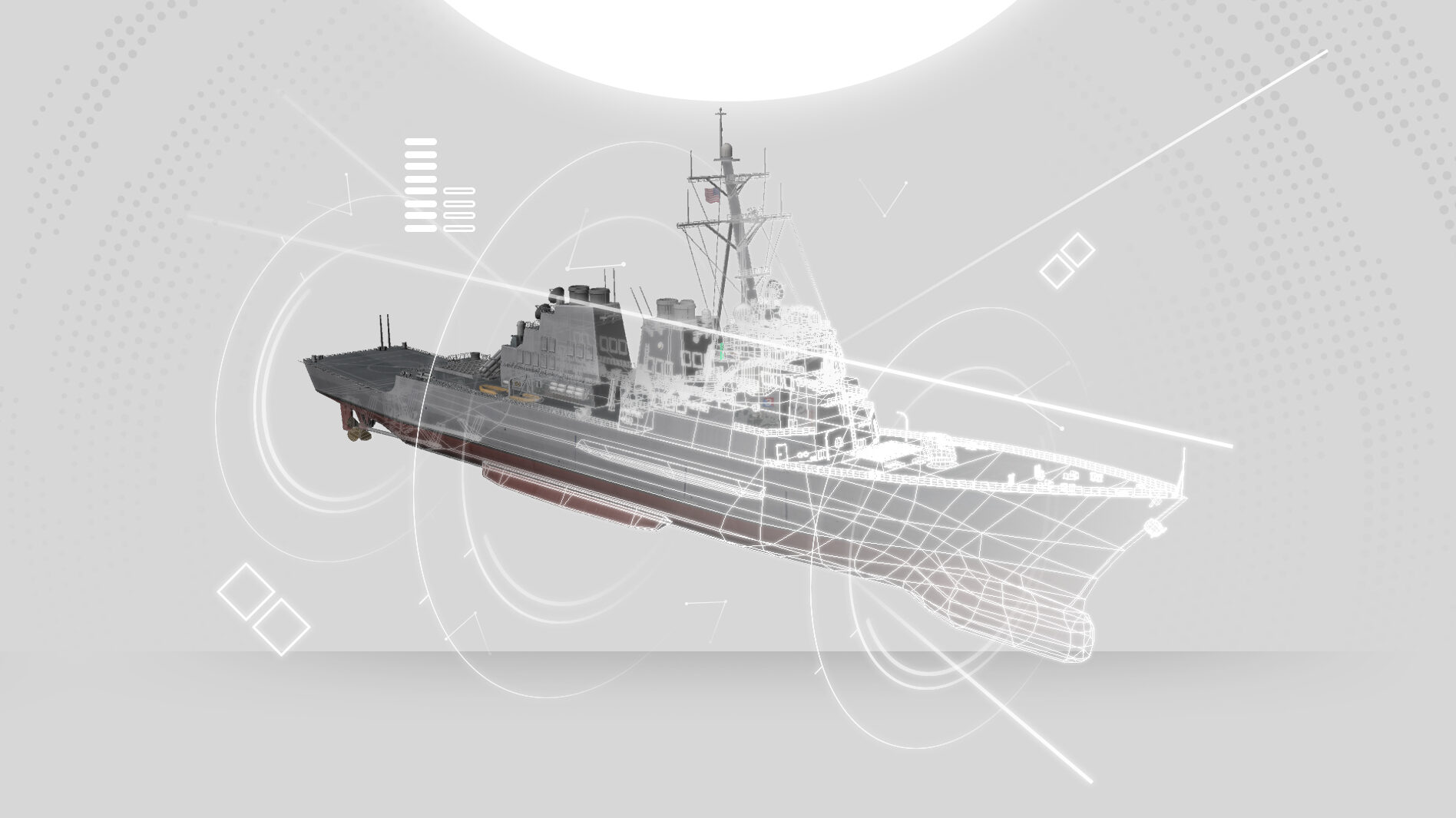
A graphic illustration of the Aegis capabilities. ((Lockheed Martin.)
WASHINGTON: The work Lockheed Martin has been doing with the Navy’s software factory for surface ship combat systems is already beginning to reap benefits for the fleet’s latest iterations of the Aegis Combat System, a company executive told Breaking Defense.
As the prime contractor for Aegis, Lockheed is deeply involved with the Forge, a Navy software factory aiming to establish the infrastructure necessary to bring updates to the fleet in as quickly as a single day. Lockheed recently received a request from the Navy to continue its work with the Forge and potentially expand its staff presence at the facility, which is located near the University of Maryland’s campus.
The Forge’s work will ultimately help create similar environments for sailors onboard different ships, so that it doesn’t matter whether the vessel is equipped with the legacy SPY-1 radar or Raytheon’s updated SPY-6. A similar effect will be seen in old hardware or console types that have been installed onboard the Navy’s ships throughout the life of the Aegis Combat System’s 10 baselines.
“Our baseline nine ships and baseline 10 ships … will have the same exact software baseline. It’ll have the [same] touch and feel even though one ship has a SPY-6, and one ship has a SPY-1,” Joe DePietro, the company executive, told Breaking Defense in the run up to Sea Air Space conference.
Click here for more coverage from the Sea Air Space 2022 conference.
It is “really a separation of the software and hardware baselines as part of the development effort that we’re putting in place,” he added.
The separation of software and hardware requirements is a key element to the Forge’s work, Breaking Defense reported in February as part of an in-depth explainer about the facility. The Navy’s aspirational goal is the so-called “Integrated Combat System,” or ICS, a uniform fighting environment that would allow a sailor to switch between a cruiser and a destroyer with virtually no additional training.
One of the key technologies being used to develop the ICS are virtual twins of the Aegis Combat System. A virtual twin is essentially a clone of the system being used across the surface fleet but contained in sleeker, modern hardware that is capable of easily receiving updates over the air.
DePietro said Lockheed currently has several Aegis virtual twins operating at both Navy facilities, such as the Pacific Missile Range Facility, which has a SPY-6 array installed, as well as in Pascagoula, Miss., where it is being used to update the first Flight III Arleigh Burke-class destroyer, DDG-125.
“We’ve definitely been using and already applying those applications of that technology for years now,” he said. “I think you see it in place and doing things real time as we’re going through our integration events for different capabilities.”
RELATED: Meet MAPLE, the brain that will run the UK’s autonomous naval fleet
Another example of how the company is using virtual twins is testing how a system responds to certain events or data for the purposes of developing artificial intelligence and machine learning capabilities.
“The Navy is beginning to move in that direction, as part of as part of their … activities that they have going on for their hardware refreshes that will allow us to do more containerized software here moving forward,” he said.






















